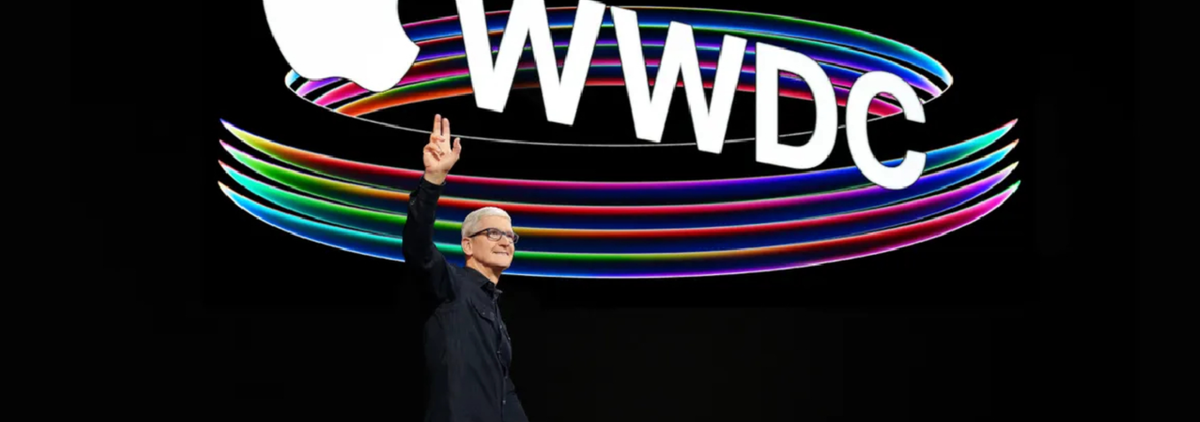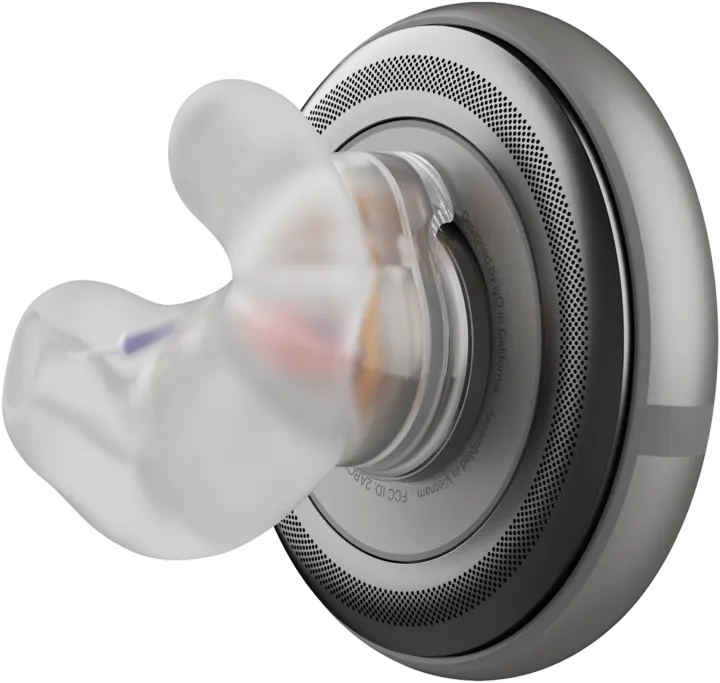My final post-WWDC23 thoughts for now...

Everything I read from people that actually got to experience Apple's VR headset is the same. What an amazing solution with top-notch integration, state-of-the-art technology, and thoughtful interface design.
(...) “breakthrough” is Apple’s term for a feature that identifies real human beings who approach you while immersed. They sort of fade in, as transparent ghosts. But not spooky ghosts. It’s a seamless feature, and given my experience with other VR headsets, a necessary one to avoid being isolated from the people around you once you’re immersed. You see someone fade into view, and you can turn the digital crown to dial back the degree of immersion and truly look at them. - John Gruber - June 8, 2023
This is what you expect from Apple top-notch engineering and design at their best!
Still, where's the f__ing problem to solve? And no, solving problems that directly come from putting goggles on your face for no compelling reason to start with, does not count.
In the context of "no real problem to solve" launching the headset is an amazingly bold move from Apple. Think about it. They never ever entered a market without a core problem to address. Well, except in the eighties with the Apple ][ and then the Mac that served as tech platforms in search of a problem to solve. Which they painfully did at the time (the Mac's success is only seen in retrospect because we live in the future).
And the question for the next three years is: Has Apple reinvented the Mac or... the Lisa?
We know, though, that Apple is not afraid to abruptly change course and refocus ruthlessly on what works. Let's see where this goes. My only concern is that the real AR/VR/XR market is currently in high-end B2B applications (Siemens and Nvidia working on factories' digital clones comes to mind). But B2B is not Apple's playfield.
Two very positive things I still see (if I squint my eyes enough) are:
❶ You always have to read through what Apple is doing as a platform strategy –not a product strategy– and the headset does fuel this flywheel.
❷ The product itself aggressively undermines Meta's position in the market on every level. No clumsy 3D world with clumsy avatars, no full-on immersion unless you want to, and at least an already proper integration with all the mainstream standard videoconferencing solutions. Not to mention the loud and clear privacy stance on eye-tracking (damn, Zuckerberg must be seething on this one).
This last point is kinda funny, as no one directly has been addressing it for now. I would even wonder if Tim Cook wouldn't be ready to risk a lot of Apple's brand value with a failed product to make sure Meta will have no future, certainly not in a Metaverse of sorts 🤔
And, oh wait, I nearly forgot.
John Gruber does point at a clear current use case for Apple's Vision Pro:
It strikes me that in some ways Bob Iger’s cameo during the keynote had the relationship between Apple and Disney backwards. Iger spent his keynote cameo talking about Disney creating original new content for VisionOS’s new medium. But after experiencing it, it felt more like what Disney should want is Apple providing this technology for Disney to use in their theme parks. The sports and dinosaur demos I experienced using Vision Pro were in many ways more immersive and thrilling than tentpole major attractions I’ve experienced at Disney World.
Well, I guess that's something.



